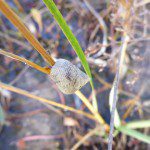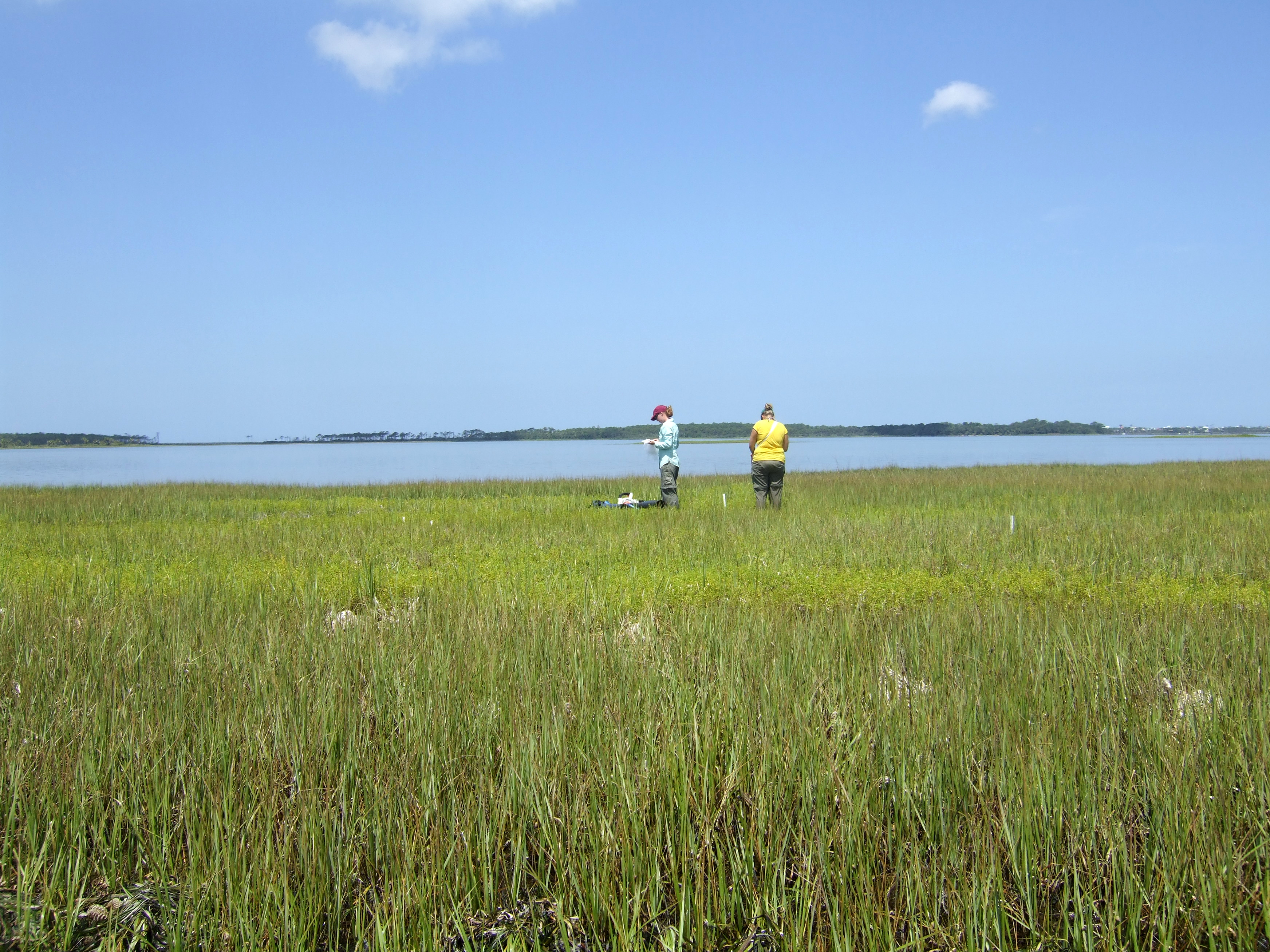 Browse past “In the Grass” posts here.
Browse past “In the Grass” posts here.
Salt marshes in Florida are made up primarily of marsh cordgrass (Spartina alterniflora). These grasses support a wealth of commercially important species, such as blue crabs, shrimp, mullet, and sea trout. Cordgrass root systems prevent erosion, and the grass itself buffers wave action. For more information on the services provided by salt marshes, view the In the Grass, On the Reef Master Plan.
Dr. Randall Hughes wants to know, how does diversity benefit the marsh and the benefits we receive from it? Learn more about Randall’s marsh biodiversity study.
Meet the species In the Grass.
Facebook Comments

